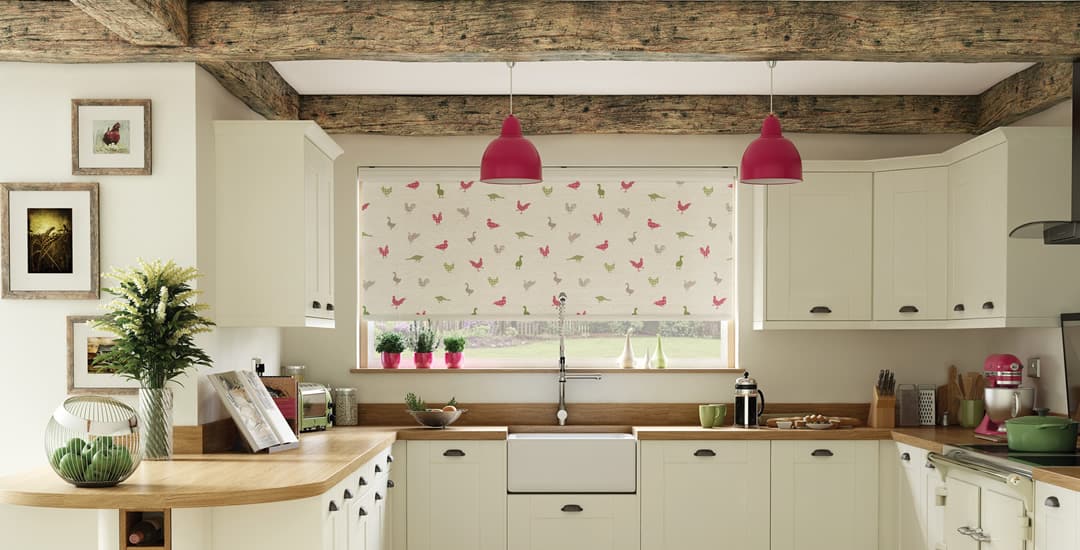
What style is farmhouse? In interior design terms, farmhouse style tends to mean combining practicality with charm, in a rustic sort of way that incorporates natural materials and vintage touches to produce an impression of warmth and effortless functionality.
Farmhouse style gives off an aura of cosiness and hominess; but what is particularly interesting about this is that the style tends to be used in and arguably, works best in, larger homes or larger rooms, which aren’t the types of spaces we usually bring to mind when we think of cosiness and warmth.
After all, when you envision the average farmhouse, most of us tend to think of a large, detached home, and perhaps the first room we bring to mind is the farmhouse kitchen; these are never small in genuine farmhouses, and yet still have a really warm, comforting feel to them.
While most of us have watched enough Emmerdale Farm (or simply “Emmerdale” as I am told it is called today) to probably stand a reasonable chance of listing some of the design elements of farmhouse style from a standing start, as of around 2020 onwards (lockdown, y’all) a new style began to evolve out of the basic principles of farmhouse interiors: modern farmhouse.
Modern farmhouse takes some of the clutter and chintz out of farmhouse style (not that this latter automatically has to involve either) and also introduces a few more signature elements that bring farmhouse style up to date in the modern day; including potentially more futuristic tech, and smart home functionality.
In this blog post I’m going to cover some basics on farmhouse and modern farmhouse style, including what style is “farmhouse,” or what can work within this type of theme when it comes to blinds.
What style is farmhouse at its most basic, and what are the elements of farmhouse style?
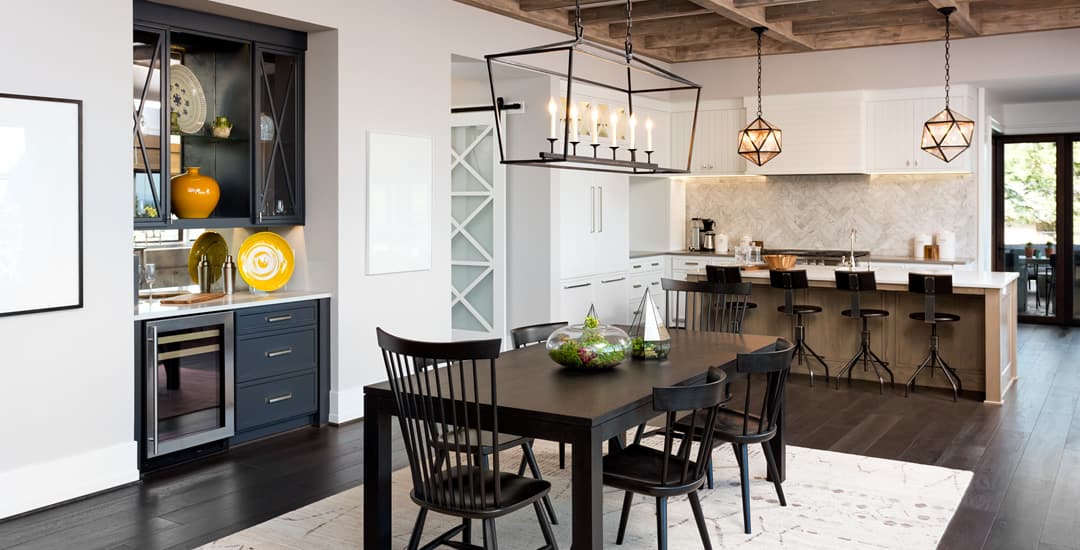
So, what style is farmhouse if you just want the key points? Think tiled floors, wooden tables, open fires or wood stoves, Belfast sinks, warm colours, exposed beams, and nothing really brand new or pristine looking; but this does not mean that farmhouse is scruffy or entering the realms of “shabby chic” either.
Farmhouse style is at its heart, both homey and practical. Everything incorporated into it is useful or fulfils a role. Traditional farmhouse style tends to integrate accessories and design elements that might be described as vintage or at least, in keeping with a vintage style today; an Aga or Rayburn, real balancing kitchen scales with little imperial weights, and enamelled cooking implements.
Farmhouse floors are often either natural wood or tiled, and where carpets and floor coverings are used, these would not usually reach from wall to wall.
Natural materials are key too; you would not see things like aluminium, or plastic featured prominently in farmhouse style! However, natural doesn’t mean “unfinished;” for instance, a natural wooden floor would quite probably be somewhat uneven, but would usually be smoothed from wear, and polished to a glowing sheen.
What is modern farmhouse style?
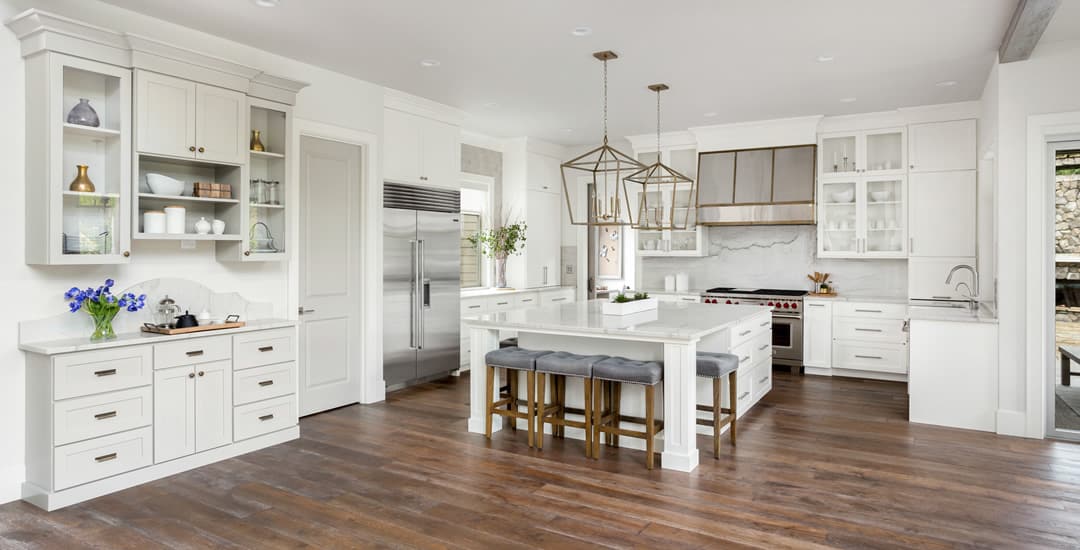
So, modern farmhouse then. What is modern farmhouse style? As you might expect, modern farmhouse is a bit of a rejig or update on what we think of as being classical farmhouse, in reflection of the realities of the modern farmhouse being the hub at the centre of a working farm and also being a home.
More kitchen tech, smart home functionality, and less clutter; for instance, those imperial balance weights I mentioned earlier are likely to have been replaced with a digital scale, and the knitted cosy-covered teapot with a pod coffee machine!
The key elements, however, remain; natural materials, everything serving a purpose, and an overall theme of practicality. For instance, those wooden and tiled floors are likely to remain present in the most commonly trafficked rooms, because in a real farmhouse, muddy boots and best Axminster don’t make for happy bedfellows!
Is modern farmhouse still in style?
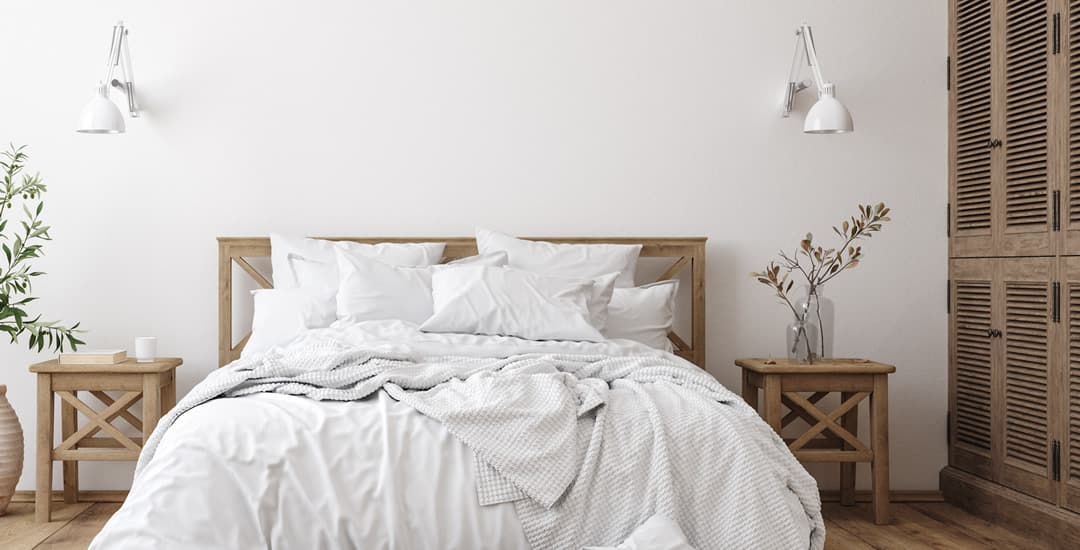
Is modern farmhouse still in style? Well, it only really came into style in the first place in around 2020. As you may remember, this was a time when many of us were facing a choice between repainting the walls or climbing them due to lockdown, and the need to distract oneself from the simultaneously frightening and yet often, boring, realities of living through the early stages of Covid.
When it comes to how well things age and/or fall out of fashion, there are some elements in play across the board that can help to predict the longevity or durability of a style, and this is as true of modern farmhouse than it is of anything else. These are firstly, practicality in terms of the style and how it is executed being fit for living within, secondly, how quickly a style takes to come to the fore, and thirdly, the level of commitment and potentially, cash required to achieve the style in the first place.
As one of its key elements is is practicality and functionality – both in terms of how workable it is and how ambient or pleasant it is to live with – modern farmhouse ticks the first box by design.
A style that pops up overnight might well be gone just as fast. As modern farmhouse evolved from trad farmhouse, and as there’s so much overlap between the styles that the actual transition point from one to the other can be hard if not impossible to pinpoint, it is fair to say that modern farmhouse has the benefit of an upcoming long tenure in the making.
Also, farmhouse style can’t be achieved from scratch other than in a house that already lends itself to it, without reasonable effort and spending power – flooring, kitchen fittings and furniture etc – which is the third reason why in my opinion, modern farmhouse is not a faddy style, nor one that is likely to be on the outs anytime soon. In fact, it’s just getting started.
If you are looking for interior design inspiration and are prepared to put a reasonable amount of work and potentially, spend behind it but also obviously want to make sure you’re not buying a lemon, modern farmhouse would be a sound bet.
What style is farmhouse in terms of blinds and curtains?
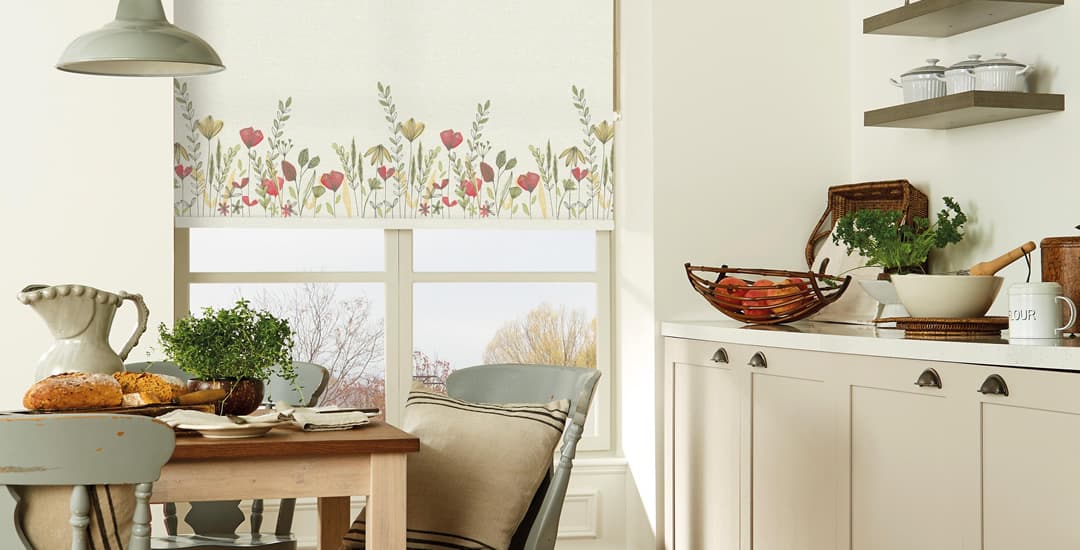
Finishing off then, because my bosses get antsy if I don’t occasionally use the blog I spend so much time writing at their expense to highlight some blinds – what style is “farmhouse” in window coverings?
This is perhaps one area where there’s a reasonable divergence between what you might find in trad farmhouse style versus modern farmhouse home.
In your trad farmhouse, curtains are very much at home; and certain types of blinds would not be. Many trad farmhouse-style homes do have blinds in at least some of the rooms (like the kitchen and bathroom), often combined with curtains in the living room and bedrooms.
For a traditional farmhouse style, Roman blinds and roller blinds would the the type you’d be most likely to see and not find out of place. On the flipside, vertical blinds, Venetian blinds, and day and night blinds would come off as pretty alien in a trad farmhouse home.
What blinds suit farmhouse style trad homes as an example? My picks would be patterned roller blinds with a classical or timeless design or pattern, and in a warm colour palette.
When it comes to what blinds suit modern farmhouse; first up, curtains are more or less out the window (you have no idea how long I have been waiting to use that line) entirely when it comes to modern farmhouse, and blinds are the way forwards.
You also have rather more scope for the type of blinds that work too, depending of course on how modern your modern farmhouse is. Roller blinds and Roman blinds are definitely on the cards; add wooden blinds too and almost identical looking faux-wood blinds as well. Day and night blinds would also segue fairly well into certain modern farmhouse style rooms too.
I would not say with confidence that there is a type of blinds that really would not work in modern farmhouse in the way that there is with regular farmhouse; but rollers, Romans, wood/faux wood and day and night blinds are all safe bets.




